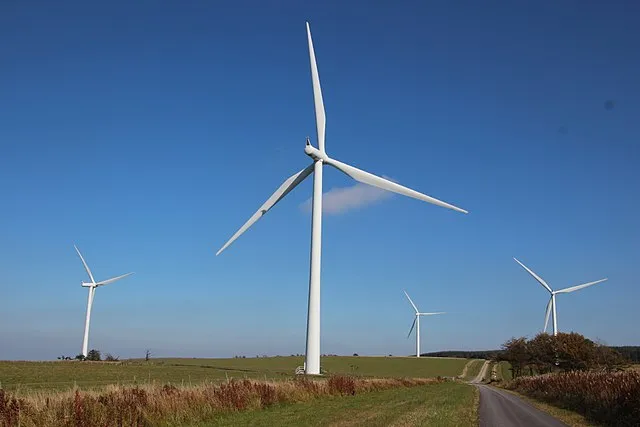
Asia Pacific countries gear up to lead offshore wind markets
Developers are flocking to Australia, India, and Japan, and other Asian countries.
Six Asian countries could be the next burgeoning markets offshore wind as they continue to attract both developers and investors, said Ilaria Valtimora, a report author for intelligence service A Word About Wind.
Australia is an emerging market to watch out for as renewables investment picks up. “Wind investment in Australia picked up last year and we’ve seen a potentially huge project emerge offshore,” the report said.
Local developer Offshore Energy and Copenhagen Infrastructure Partners teamed up in late 2017 to develop the up-to-2GW Star of the South scheme off the coast of Victoria. The project could be operational by 2022 if it wins permits and planning approval.
In India, major players are also lining up as the government gears up for its first offshore wind tender in February, which is part of a plan to add 5GW of offshore capacity by 2022.
Also read: Why India's 2022 renewables targets face a foggy horizon
“There is no shortage of interest,” said Valtimora. The government received 35 expressions of interest for the area in June, from players including E.On, Equinor, Macquarie, Northland Power and Ørsted.
The report also noted that wind resource in Gujarat and Tamil Nadu is as good as those in Europe. However, low prices for onshore wind could make offshore projects look very expensive, and the health of the project environment could be affected by how well the pro-wind Prime Minister Narendra Modi does in India’s general election this April and May.
East Asian countries Japan, South Korea, and Taiwan are also burgeoning markets for offshore wind.
The Japanese parliament approved the Offshore Wind General Waters Act in November 2018, which provides a framework for the introduction of auctions and the allocation of offshore development zones. The Japan Wind Power Association has forecast that at least 10GW of offshore capacity is due to be installed by 2030, with 6GW of fixed bottom and 4GW of floating.
“This certainty is opening the way for new projects,” Valtimora commented, as seen by Tokyo Electric Power’s deal with Ørsted to co-develop the Choshi wind farm. However, key challenges remain, such as long environmental assessments, serious grid capacity constraints, and fragmented permitting processes.
Japan’s development of its supply chain in Taiwan could open the way for regional cooperation, the author added.
Whilst Taiwan has secured its place as the world’s most attractive emerging market for offshore wind in 2018, recent moves by the government to slash feed-in tariffs (FIT) and cap production has thrown many plans into disarray, the report noted. This brought a strong reaction from developers, including Ørsted putting 900MW of projects on hold, Valtimora noted.
Also read: Developer fury tilts Taiwan's cuts in offshore wind tariffs
The government has since confirmed that it will cut the 2019 FIT rate by just 5.7%, as well as compromising on the production cap. “That is an improvement for developers, who will now be looking at their projects’ economics to see if they are viable. The uncertainty continues,” she added.
South Korea stands out as it pins its early offshore hopes on floating technology. “Relations between Japan and South Korea may often be strained, but the pair has a great deal in common – not least the role of floating technology in their offshore plans,” the author said.
In January 2019, a consortium made up of Copenhagen Infrastructure Partners, Macquarie's Green Investment Group, Principle Power and Shell joined up with local firms to work on a 1GW floating project. This flagship project is due to complete by 2022. South Korea plans to generate 20% of electricity from renewables by 2030.
Meanwhile, Vietnam is considered a dark horse that has attracted overseas investors due to its strong economy and political stability.
Developers that are already looking to make bank Vietnam include Enterprize Energy, which unveiled a plan to build a 3.4GW wind farm in Vietnamese waters. The project, called Ke Ga, is set to be built in up-to-600MW phases and require a total investment of $12b.
This follows Thai solar firm Superblock’s announcement in 2018 of its goal to build 700MW of nearshore wind.
The report added that other markets to look out for include Bangladesh, the Philippines, and Sri Lanka.
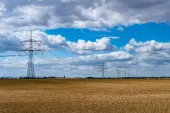
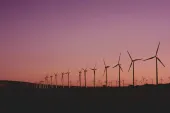
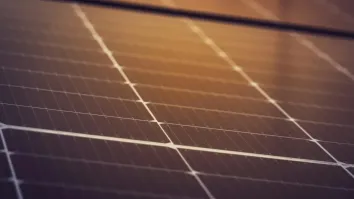
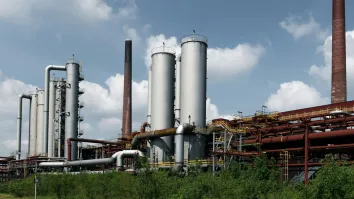
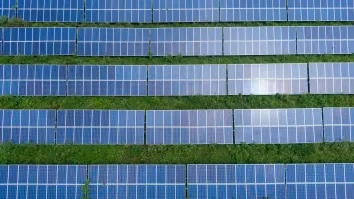
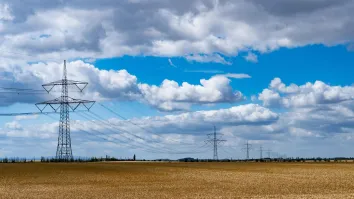













 Advertise
Advertise






